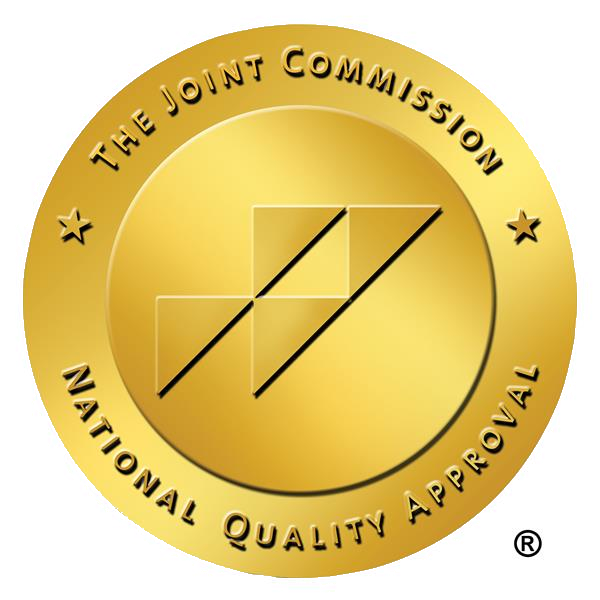Panic Attacks vs. Generalized Anxiety: Recognizing the Differences
Living in a fast-paced world can take a toll on our mental health, leading to conditions like panic disorder and generalized anxiety disorder (GAD). While both share common ground under the umbrella of anxiety disorders, understanding their differences is crucial for accurate diagnosis and effective treatment. In this comprehensive guide, we will delve into the intricacies of panic attacks and generalized anxiety, exploring their symptoms, causes, and available treatment options.
What Is Panic Attacks and Generalized Anxiety Disorder
Panic disorder and generalized anxiety disorder are distinct entities, classified under the Diagnostic and Statistical Manual of Mental Disorders (DSM-5). Panic attacks are characterized by sudden and intense fear, accompanied by physical symptoms like heart palpitations, chest pain, and shortness of breath. On the other hand, generalized anxiety disorder involves excessive worry and heightened anxiety about various life events and everyday stressors.
Recognizing Symptoms: Physical and Psychological
Panic Attacks:
Physical Symptoms: Chest pain, heart palpitations, shortness of breath, hot flashes.
Psychological Symptoms: Intense fear, fear of dying, derealization, depersonalization.
Generalized Anxiety Disorder:
Physical Symptoms: Muscle tension, fatigue, irritability, restlessness.
Psychological Symptoms: Excessive worry, cognitive distortions, difficulty concentrating.
Diagnosis and Professional Help
Distinguishing between panic disorder and generalized anxiety disorder requires professional assessment. Consulting a mental health professional, guided by the criteria outlined in the DSM-5 and the American Psychiatric Association, is imperative. They will meticulously evaluate the symptoms, including symptoms of a panic attack and symptoms of anxiety, while considering their frequency and intensity.
Furthermore, this diagnostic process may unveil common symptoms shared by both disorders, making it essential for a thorough evaluation. It’s also crucial to rule out the presence of co-occurring conditions like post-traumatic stress disorder, substance use disorders, or other types of anxiety disorders, as these may complicate the clinical picture. Mental health professionals can discern whether the individual experiences unexpected panic attacks, a hallmark of panic disorder, or struggles with social phobia, which is more characteristic of generalized anxiety disorder. Through this comprehensive assessment, an accurate diagnosis can be made, laying the foundation for an effective treatment plan, which may include anxiety medications if deemed necessary.
Treatment Options: Psychotherapy and Medications
Psychotherapy:
Cognitive Behavioral Therapy (CBT): Effective in addressing thought patterns and behaviors.
Exposure Therapy: Beneficial for specific phobias and panic triggers.
Deep Breathing and Relaxation Techniques: Helpful in managing symptoms during an attack.
Medications:
SSRIs (Selective Serotonin Reuptake Inhibitors): Commonly prescribed for both panic disorder and GAD.
SNRIs (Serotonin-Norepinephrine Reuptake Inhibitors): Alternative for those who do not respond to SSRIs.
Benzodiazepines: Short-term relief for acute symptoms, but with caution due to the risk of dependence.
Impact on Well-being and Quality of Life
Living with panic attacks and generalized anxiety disorder can be profoundly challenging, affecting an individual’s overall well-being and quality of life. These conditions often lead to frequent anxiety attacks, causing an alarming increase in heart rate, mimicking symptoms that may raise concerns about potentially severe medical conditions, such as heart attacks. Agoraphobia, a common complication of panic disorder, may cause individuals to avoid social situations and public spaces, further limiting their life experiences and exacerbating social anxiety disorder. Moreover, the emotional toll extends beyond the physical symptoms, with persistent worry affecting social activities and relationships, sometimes co-occurring with conditions like obsessive-compulsive disorder (OCD). Access to appropriate medical care and psychiatric support is crucial, with healthcare professionals specializing in psychiatry evaluating and prescribing antidepressants when necessary. Prompt intervention can help alleviate concerns about potentially severe medical conditions that may mimic panic attack symptoms.
Panic attacks and generalized anxiety disorder have a profound impact on an individual’s well-being, encompassing increased heart rate, agoraphobia, social anxiety disorder, and concerns about medical conditions like heart attacks. Timely intervention and a comprehensive treatment plan, which may include antidepressants, can significantly improve one’s quality of life and reduce the burden of these mental health conditions.
Risk Factors and Prevention
Understanding the risk factors associated with these mental health conditions is crucial for prevention. Genetics, traumatic events, and a history of other mental illnesses can contribute. Implementing stress management techniques, maintaining a healthy lifestyle, and seeking support from healthcare professionals or support groups can be preventive measures.
In conclusion, distinguishing between panic attacks and generalized anxiety disorder is vital for effective diagnosis and treatment. Mental health conditions can impact various aspects of life, but with the right interventions, individuals can regain control. Seeking professional help, exploring psychotherapeutic approaches, and considering medications when necessary are integral steps toward managing panic disorder and generalized anxiety. Remember, you are not alone – support from loved ones, healthcare professionals, and the broader mental health community is available. Taking proactive steps towards mental well-being can pave the way for a fulfilling and anxiety-free life.










